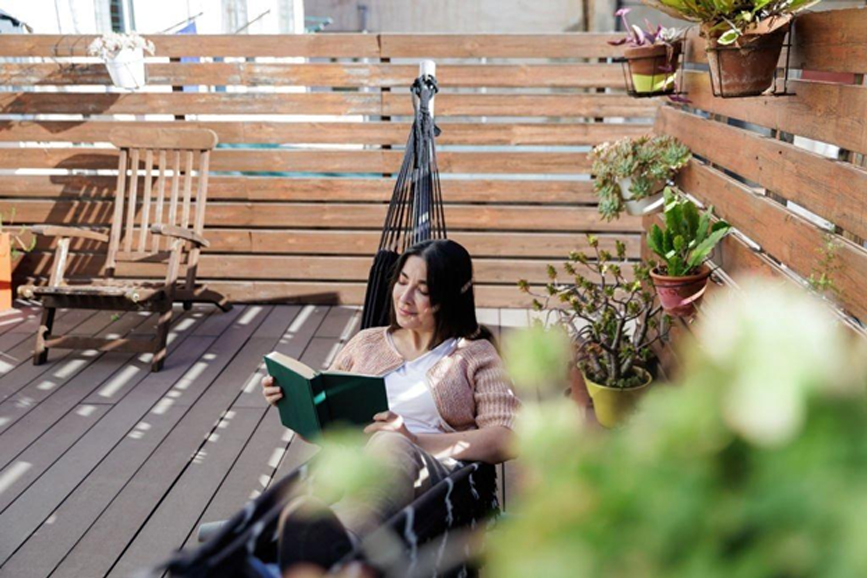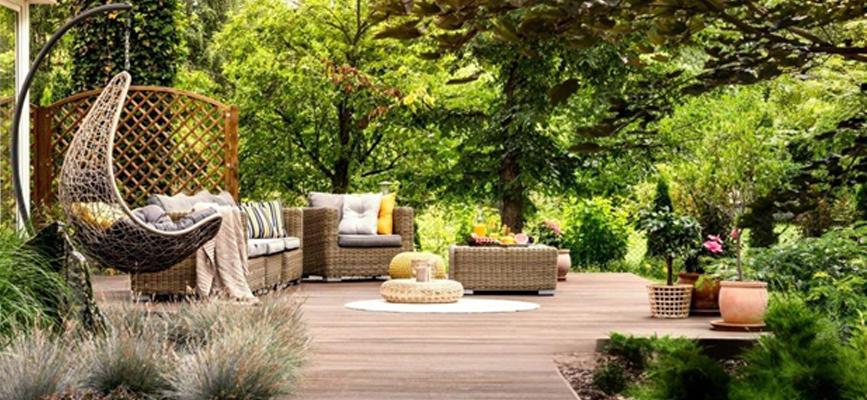
Please follow the link in the email to activate your account
Creating an outdoor living space is one of the most impactful ways to expand your home's usable square footage and increase its value. But with multiple options available, many homeowners struggle with deciding between a patio, deck, or combination of both.
The most practical choice for most homeowners is a combination of both a patio and deck, as this provides maximum versatility and addresses different elevation needs while offering distinct spaces for various outdoor activities.
While this answer might seem straightforward, the best choice for your specific situation depends on several crucial factors, including your property's layout, local climate, budget, and intended use. Understanding these variables will help you make the most informed decision for your home and lifestyle.
Your property's terrain is a primary consideration. Decks are ideal for uneven ground and elevated installations, making them perfect for sloped yards or homes with high first-floor elevations. Patios, however, work best on level ground and can be problematic on slopes due to the extensive grading required.
Climate plays a crucial role in your decision. In areas with heavy rainfall or snow, decks offer better drainage and prevent water pooling. However, patios generally withstand severe weather better and require less maintenance in the long run.
Budget considerations often influence the final choice. Patios typically cost $5-15 per square foot, while decks range from $30-60 per square foot. However, the long-term maintenance costs of wooden decks can offset the initial savings of a patio.
Wooden decks require regular sealing every 2-3 years and may need boards replaced periodically due to warping or rot. They also need annual cleaning and inspection to ensure structural integrity. Composite decking requires less maintenance but comes with a higher upfront cost.
Patios generally need minimal maintenance beyond occasional cleaning and sealing every 3-5 years. However, they can develop cracks in freeze-thaw climates and may require periodic releveling if the ground settles underneath.
The most effective combination designs typically feature a deck extending from the house that steps down to a patio area. This creates natural zones for different activities - perhaps a deck for dining and grilling near the house, with a patio below for a fire pit or seating area. Adding luxury patio covers to either or both spaces can extend their usability throughout different weather conditions.
Consider using complementary materials and colors to create a cohesive look. For example, match the patio pavers with the color of composite decking, or echo the wood tones in your furniture choices.
Strategic placement of both elements can maximize the functionality of your outdoor space while addressing practical concerns, such as drainage and elevation changes. This combination approach often results in the most versatile and valuable outdoor living space.
For decks, pressure-treated lumber remains the most common choice due to its affordability, typically costing $15-25 per square foot installed. Composite decking, although pricier at $30-$ 60 per square foot, offers enhanced durability and lower maintenance requirements. Cedar and redwood offer natural beauty but require higher maintenance.
Patio materials range from simple concrete ($6-12 per square foot) to high-end natural stone ($20-30 per square foot). Concrete pavers offer an excellent middle ground at $10-20 per square foot, providing durability and design flexibility. Stamped concrete has gained popularity as it mimics more expensive materials while costing $12-18 per square foot.
Each material choice affects not just aesthetics but also long-term durability, maintenance requirements, and overall project cost. Consider your local climate and intended use when selecting materials, as some perform better in certain conditions than others.
According to the National Association of Realtors, a new deck can recover about 65-75% of its construction cost when selling your home. Well-designed patios typically recover 55-65% of their cost. However, these numbers can vary significantly based on your local market and the quality of the installation.
A thoughtfully designed outdoor living space, whether deck or patio, can significantly reduce a home's time on the market. Properties with attractive outdoor spaces typically photograph better for listings and create stronger emotional connections with potential buyers.
The key to maximizing return on investment lies in choosing materials and designs that complement your home's architecture and appeal to a broad range of potential buyers. Neutral colors and classic designs typically offer the best resale value, while highly personalized or unusual designs might limit buyer appeal.

Before making your final decision between a deck, patio, or combination, schedule consultations with at least three local contractors who specialize in both types of installations. Ask them to evaluate your property's specific conditions and provide detailed proposals that address the key factors we've discussed, including elevation challenges, drainage requirements, and material recommendations for your climate. This on-site professional assessment will help you make the most informed decision for your outdoor living space project.
